The Science Behind Hair Growth Cycles: Maximizing Hair Growth | |
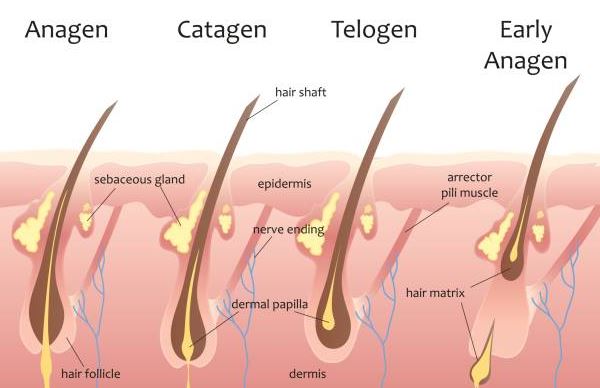
| |
Understanding the science behind hair growth cycles is key to maximizing hair growth and achieving healthy, luscious locks. Hair goes through a continuous cycle of growth, rest, and shedding, and each strand operates on its timeline. By delving into the intricacies of these growth cycles, we can gain insights into how to nurture our hair and promote optimal growth. In this article, we explore the science behind hair growth cycles and share tips for maximizing hair growth. The Basics of Hair Growth CyclesHair growth occurs in three distinct phases: anagen, catagen, and telogen. Let's take a closer look at each phase: 1. Anagen Phase (Growth Phase)The anagen phase is the active growth phase of the hair follicle. During this phase, cells in the hair bulb divide rapidly, pushing the hair strand upward and extending its length. The anagen phase can last anywhere from two to seven years, depending on individual factors such as genetics, age, and overall health. 2. Catagen Phase (Transitional Phase)After the anagen phase, the hair follicle transitions into the catagen phase, also known as the transitional phase. This short period, lasting around two weeks, marks the end of active hair growth. The hair follicle shrinks, and the lower part detaches from the blood supply, signaling the onset of the next phase. 3. Telogen Phase (Resting Phase)The telogen phase, or resting phase, is when the hair follicle is dormant. The hair strand remains in place but is no longer actively growing. This phase lasts for about two to three months before the hair eventually sheds and a new cycle begins. On average, about 10 to 15 percent of our hair is in the telogen phase at any given time. Factors Affecting Hair Growth CyclesSeveral factors can influence hair growth cycles and the rate of hair growth. These factors include: 1. GeneticsGenetics play a significant role in determining the duration of each hair growth phase. Some individuals may have longer anagen phases, resulting in hair that grows faster and longer, while others may have shorter anagen phases, leading to slower hair growth. 2. AgeAs we age, our hair growth cycles tend to become shorter. The anagen phase may progressively decrease, leading to slower hair growth and thinner strands. It's important to provide extra care and nourishment to promote healthy hair growth as we get older. 3. Health and NutritionGeneral health and nutrition have a direct impact on hair growth. A balanced diet rich in vitamins, minerals, and protein is essential for optimal hair health and growth. Nutrients such as biotin, vitamin D, iron, and zinc are particularly beneficial for supporting healthy hair growth. 4. HormonesHormonal changes can disrupt the hair growth cycle. Events such as pregnancy, childbirth, menopause, and hormonal imbalances can lead to excessive shedding or changes in hair growth patterns. Maintaining hormonal balance through a healthy lifestyle and, if necessary, medical intervention can help promote normal hair growth. 5. Hair Care PracticesCertain hair care practices can affect the hair growth cycle. Excessive heat styling, chemical treatments, tight hairstyles, and harsh brushing can damage the hair follicles and impede healthy growth. It's important to be gentle with your hair, use appropriate products, and avoid excessive manipulation to maintain optimal hair health. Maximizing Hair GrowthWhile we can't change our genetics or completely halt the natural progression of hair growth cycles, there are steps we can take to maximize hair growth and ensure the best possible conditions for healthy hair. Here are some tips: 1. Maintain a Healthy DietEating a nutritious diet that includes a variety of fruits, vegetables, lean proteins, and whole grains provides the essential nutrients needed for healthy hair growth. Consider incorporating foods rich in omega-3 fatty acids, vitamin E, and biotin, such as salmon, avocados, nuts, and seeds. 2. Practice Good Scalp CareA healthy scalp is essential for optimal hair growth. Keep your scalp clean by washing regularly with a gentle shampoo. Avoid using harsh chemicals or over-washing, as this can strip the scalp of its natural oils. Gently massage your scalp to stimulate blood flow and promote healthy hair follicles. 3. Avoid Excessive Heat Styling and Chemical TreatmentsExcessive heat styling tools, such as flat irons and curling irons, can damage the hair shaft and lead to breakage. Minimize the use of heat styling tools and use heat protectant products when necessary. Similarly, limit the use of chemical treatments, such as perming or relaxing, as they can weaken the hair and disrupt the growth cycle. 4. Be Gentle with Your HairHandle your hair with care to prevent unnecessary damage. Use a wide-toothed comb or a brush with soft bristles to detangle your hair, starting from the ends and working your way up. Avoid pulling or tugging on knots, as this can lead to breakage and damage the hair follicles. 5. Protect Your Hair from Environmental StressorsEnvironmental factors such as sun exposure, pollution, and harsh weather conditions can damage the hair. Protect your hair by wearing a hat or using a scarf when spending prolonged periods in the sun. Consider using leave-in conditioners or serums with UV protection to shield your hair from harmful rays. 6. Manage Stress LevelsExcessive stress can contribute to hair loss and disrupt the hair growth cycle. Practice stress management techniques such as exercise, meditation, or engaging in hobbies to reduce stress levels. Prioritizing self-care and taking time for relaxation can positively impact your hair health. Frequently Asked Questions (FAQs)How fast does hair grow?On average, hair grows about half an inch per month, or approximately six inches per year. However, individual growth rates can vary based on various factors such as genetics, age, and overall health. Can hair growth be accelerated?While you can't dramatically speed up hair growth, maintaining a healthy lifestyle, practicing good hair care habits, and providing proper nutrition can support optimal hair growth. Can hair growth be stimulated in areas of thinning or balding?For individuals experiencing thinning or balding, there are various treatments available that may stimulate hair growth. These include medications, laser therapy, and hair transplantation. Consult with a dermatologist or a hair specialist to explore suitable options. Does cutting hair promote faster growth?Contrary to popular belief, cutting your hair doesn't directly promote faster growth. However, regular trims can prevent split ends and breakage, which can make the hair appear healthier and contribute to overall hair growth. Can hair growth cycles be altered?Hair growth cycles are largely determined by genetics and biological factors, making it challenging to alter them. However, maintaining a healthy lifestyle and following good hair care practices can optimize hair growth within the natural growth cycle. ConclusionUnderstanding the science behind hair growth cycles allows us to make informed choices in our hair care routines. While we can't control all aspects of hair growth, we can take steps to nurture our hairand create an environment conducive to optimal growth. By adopting a healthy diet, practicing good scalp care, avoiding excessive heat styling and chemical treatments, being gentle with our hair, protecting it from environmental stressors, and managing stress levels, we can maximize hair growth and maintain healthy, beautiful locks. Remember, hair growth is a natural process that takes time, so be patient and consistent in your hair care routine. With proper care and attention, you can support your hair's growth cycle and achieve the luscious, vibrant hair you desire. | |
| Category: Hair Care | |
| Total comments: 0 | |
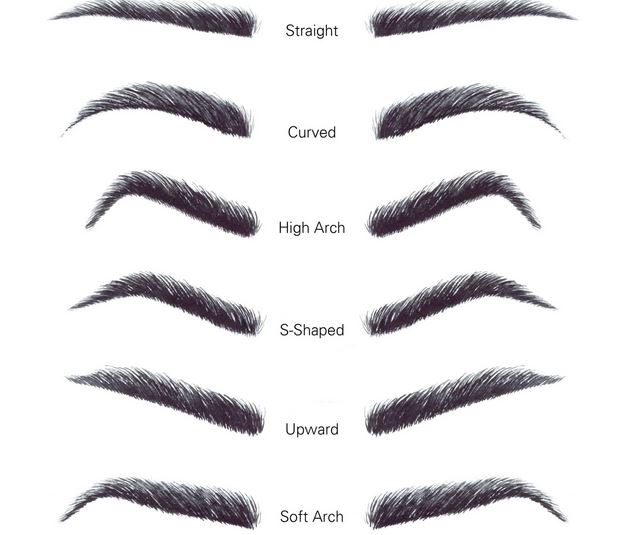 |
| The Art of Eyebrow Shaping: A Step-by-Step Guide |
 |
| The Benefits of Using Cruelty-Free Makeup |
 |
| Makeup Tips for Glasses Wearers: Enhancing Your Eyes |
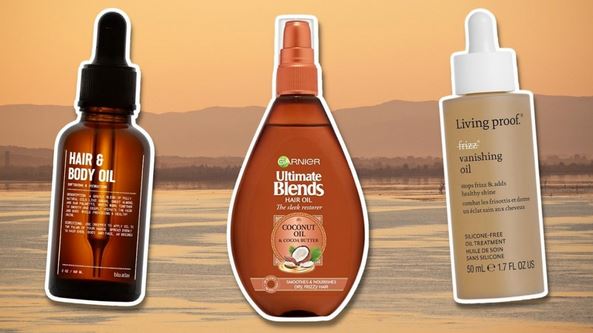 |
| How to Choose the Right Hair Products for Fine Hair |
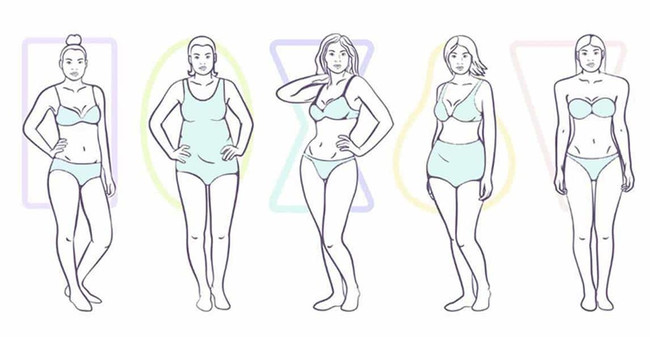 |
| How to Dress for Your Body Type: Flatter Your Figure with Style |
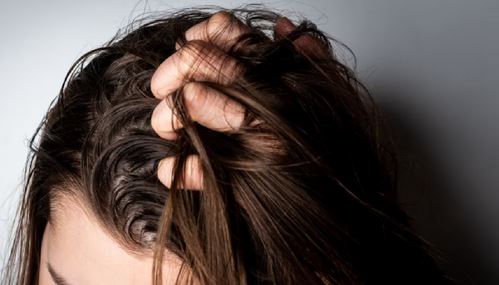 |
| Tips for Managing Greasy Hair and Scalp |
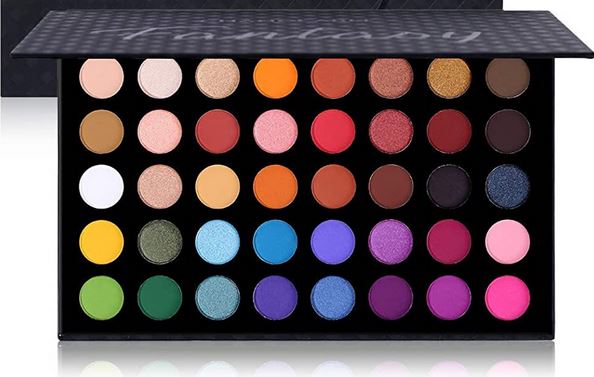 |
| DIY Beauty: Creating Your Own Makeup Palette |
 |
| Proper Nail Hygiene |
 |
| How to Choose the Right Shade of Eyeshadow for Your Eye Color |
